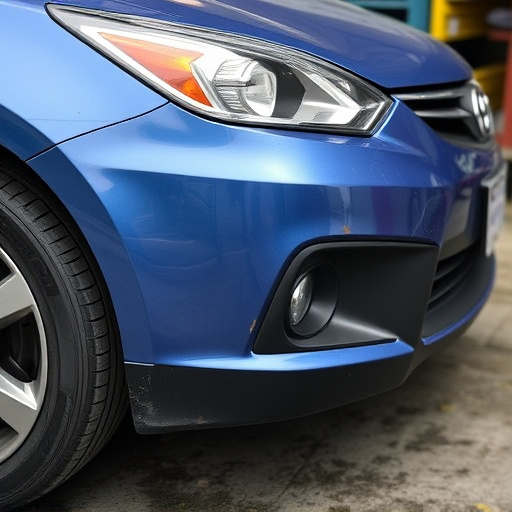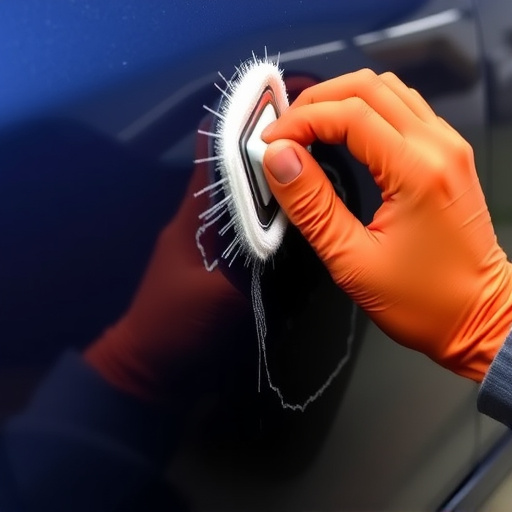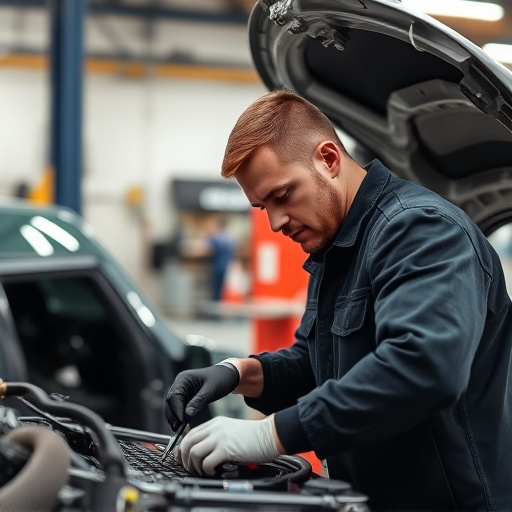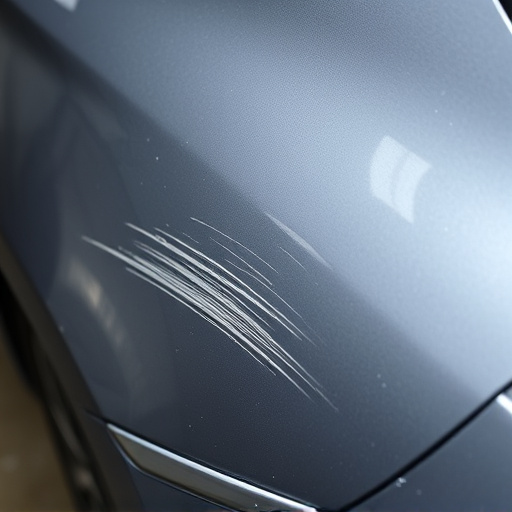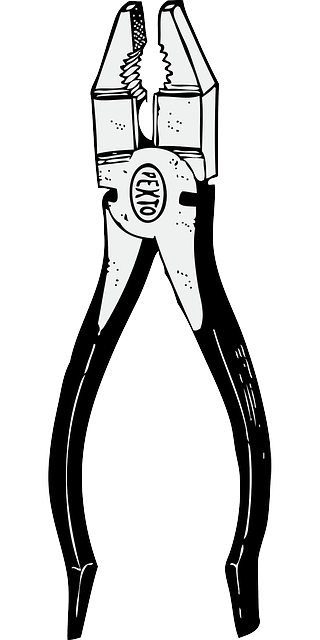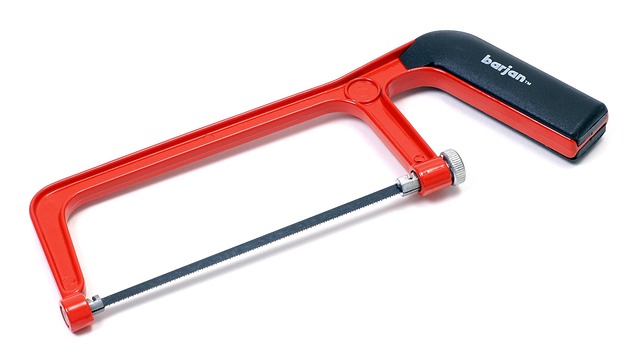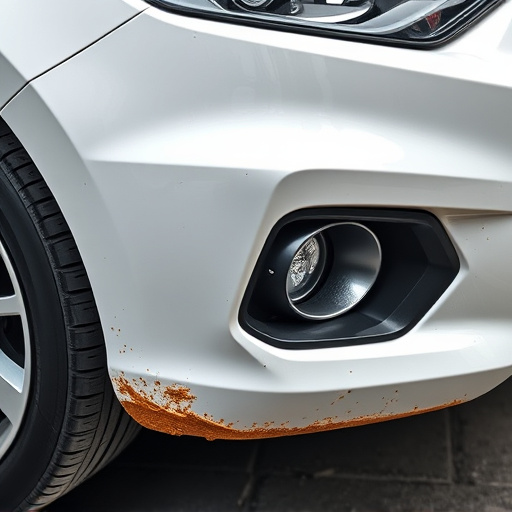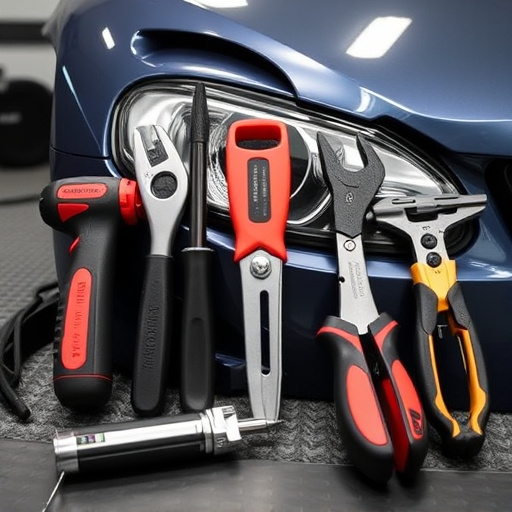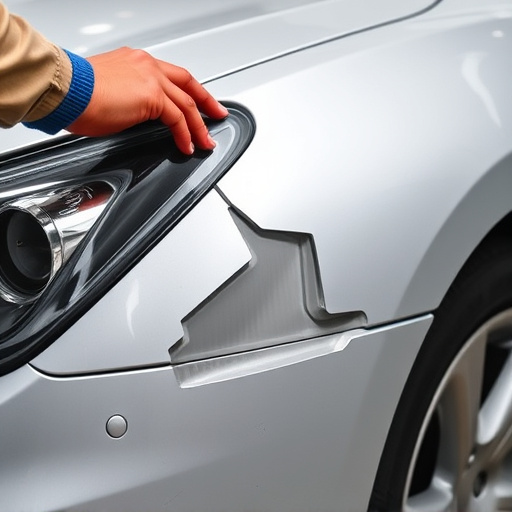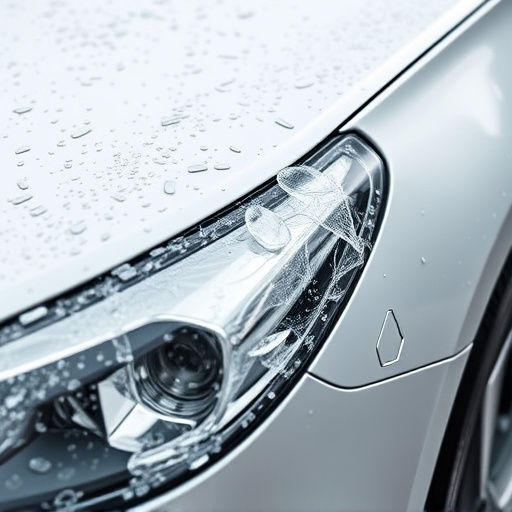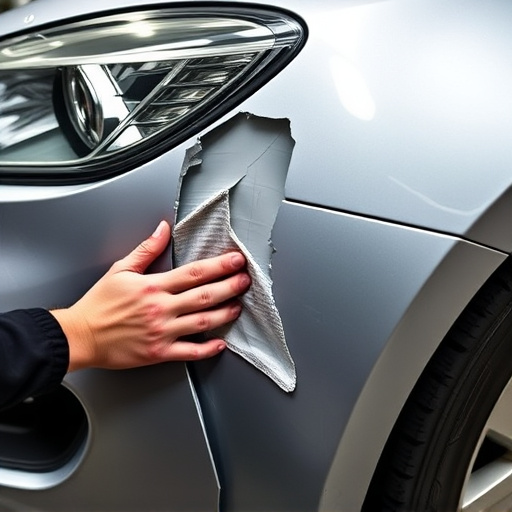Post-accident, alternator inspection is crucial for automotive body shops, as it assesses the critical system's functionality (converting mechanical to electrical energy) to ensure vehicle safety and reliability. Signs of potential failure include engine performance issues, unusual noises, fluid leaks, corrosion, or visible alternator damage. Thorough inspections prevent serious problems, enhance safety, and offer peace of mind while relying on expert auto repair shops for diagnostics and repairs using advanced tools and specialized equipment.
After a vehicle accident, checking the alternator is crucial. The alternator powers essential systems and charges your car’s battery, so any failure can lead to dangerous situations. This guide explores visual and performance cues indicating an alternator in distress post-accident. We’ll walk you through safety precautions and testing methods for a thorough inspection, ensuring peace of mind and keeping you and others safe on the road. Learn how to identify a failing alternator and what steps to take.
- Understanding the Alternator and Its Function After an Accident
- Visual and Performance Indicators of a Failing Alternator
- Safety Precautions and Testing Methods for Post-Accident Alternator Inspection
Understanding the Alternator and Its Function After an Accident
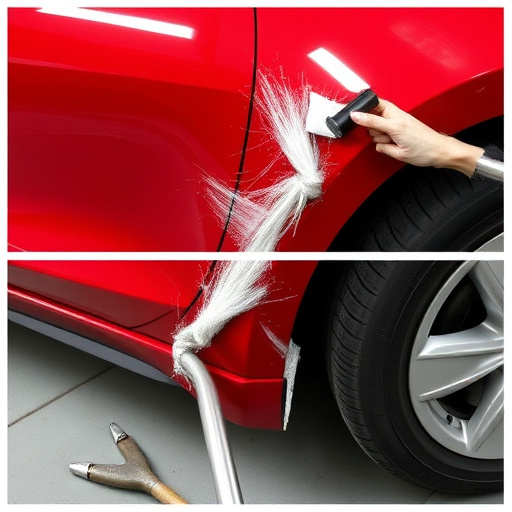
After an accident, one crucial component to check is your vehicle’s alternator—a vital part that keeps your battery charged and powers essential electrical systems. The alternator inspection process is a critical step in post-accident assessments, especially at an automotive body shop. It involves evaluating whether this key system has sustained any damage or lost functionality during the collision.
Understanding how the alternator works is essential for identifying potential issues. This component turns mechanical energy from the engine into electrical energy to charge the battery and power various electrical components. In a frame straightening or dent repair scenario, where structural integrity is restored, ensuring the alternator remains functional is vital to prevent further complications. An inoperative alternator can lead to a dead battery, compromising not only your vehicle’s startability but also its ability to support essential electronic systems while you drive.
Visual and Performance Indicators of a Failing Alternator

After an accident, a thorough alternator inspection is crucial for safe and reliable vehicle operation. One of the first signs that your alternator may be failing is noticeable changes in engine performance. This can manifest as dimming or flickering dashboard lights, difficulty starting the car, or a slow charging system (checked with a voltmeter). Visual cues like a whining noise from under the hood, unusual fluid leaks near the alternator, or corrosion on electrical connections are also red flags that warrant further investigation by auto body services or an automotive restoration shop.
Additionally, checking for signs of damage to the alternator itself – cracks in the housing, loose connections, or burning odours – is essential. An alternator inspection after an accident should not be overlooked as it directly impacts the safety and functionality of your vehicle. Early detection of potential issues can prevent more serious problems down the line, ensuring a smooth ride and peace of mind while relying on auto repair shops for expert diagnostics and repairs.
Safety Precautions and Testing Methods for Post-Accident Alternator Inspection
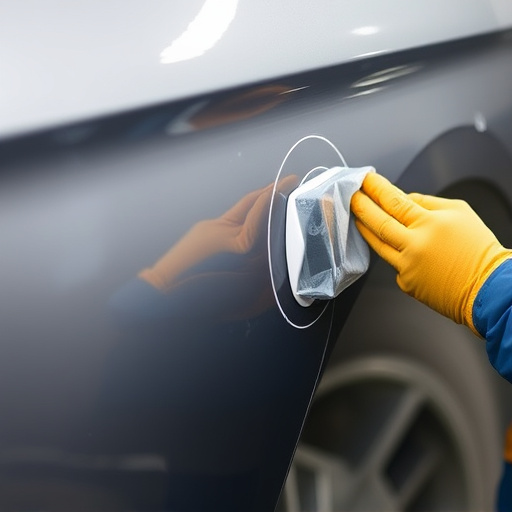
When inspecting an alternator after an accident, safety should always be your top priority. Before beginning any work, ensure that the vehicle is securely supported and all power sources are disconnected. Wear appropriate personal protective equipment (PPE), including gloves, eye protection, and a respirator to avoid exposure to hazardous materials. Additionally, take precautions when handling electrical components to prevent short circuits or shocks.
Testing methods for alternator inspection can vary depending on the extent of damage and available resources. A basic visual inspection can reveal signs like cracks in the housing, loose connections, or external damage. More advanced diagnostic tools, such as voltage testers and multimeters, can measure output voltage, current, and resistance to identify internal failures. For comprehensive analysis, some auto repair shops employ specialized equipment for alternator testing, offering detailed insights into its performance and condition. Relying on qualified professionals and reputable car bodywork services ensures accurate assessments, proper vehicle body repair, and safe handling of electrical components throughout the inspection process.
After an accident, properly inspecting your vehicle’s alternator is crucial for ensuring safety and reliable operation. By understanding the alternator’s function, recognizing visual cues and performance indicators of failure, and adhering to safe testing methods, you can make informed decisions regarding its replacement. Regular alternator inspection as part of post-accident maintenance helps prevent further damage and keeps your vehicle running smoothly. Remember, a thorough alternator check is key in maintaining your vehicle’s overall health, especially following a collision.
